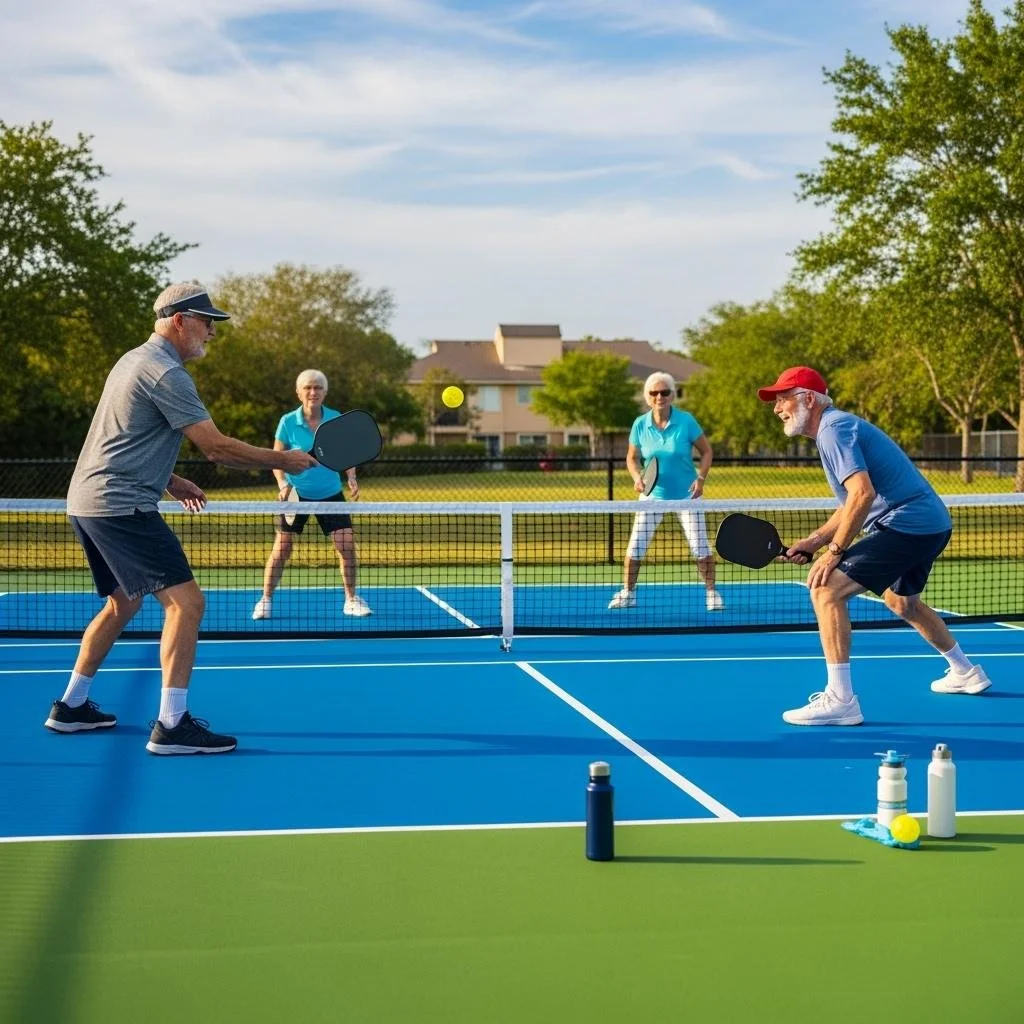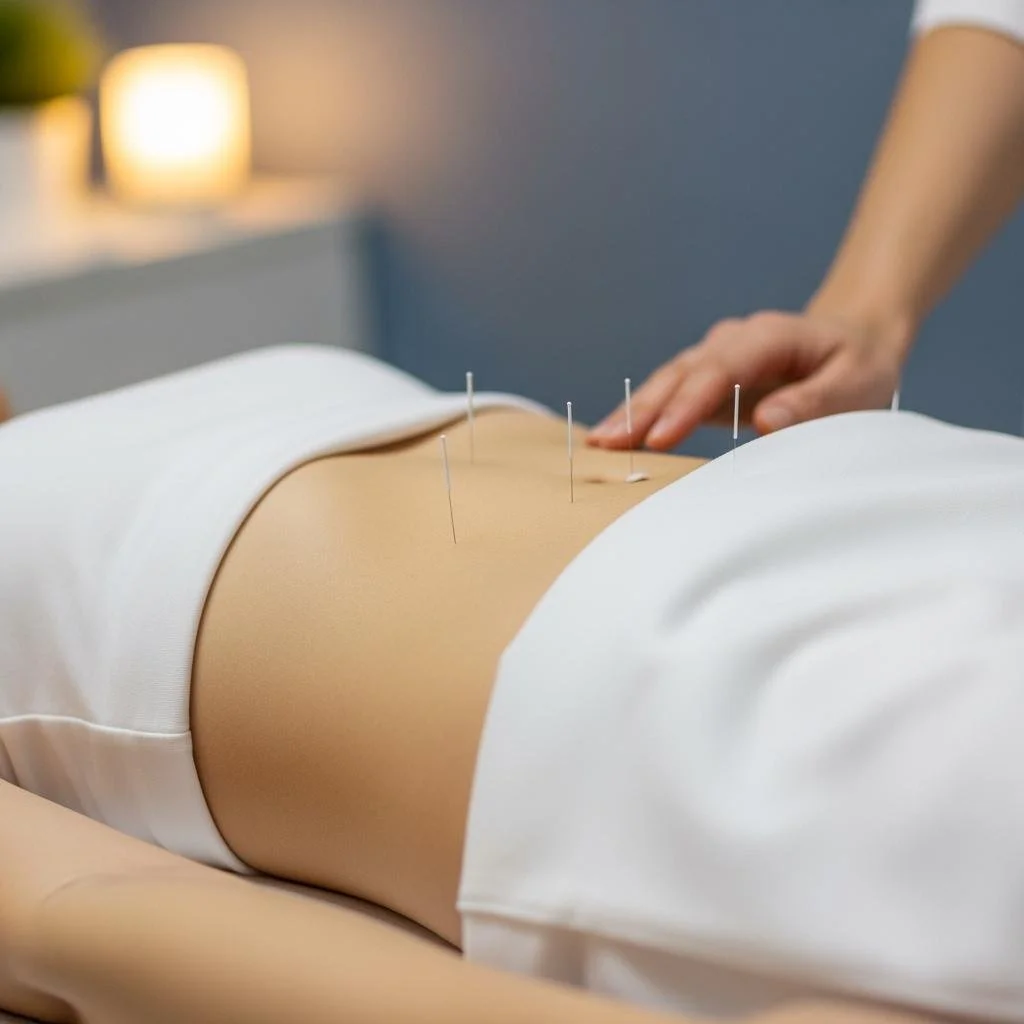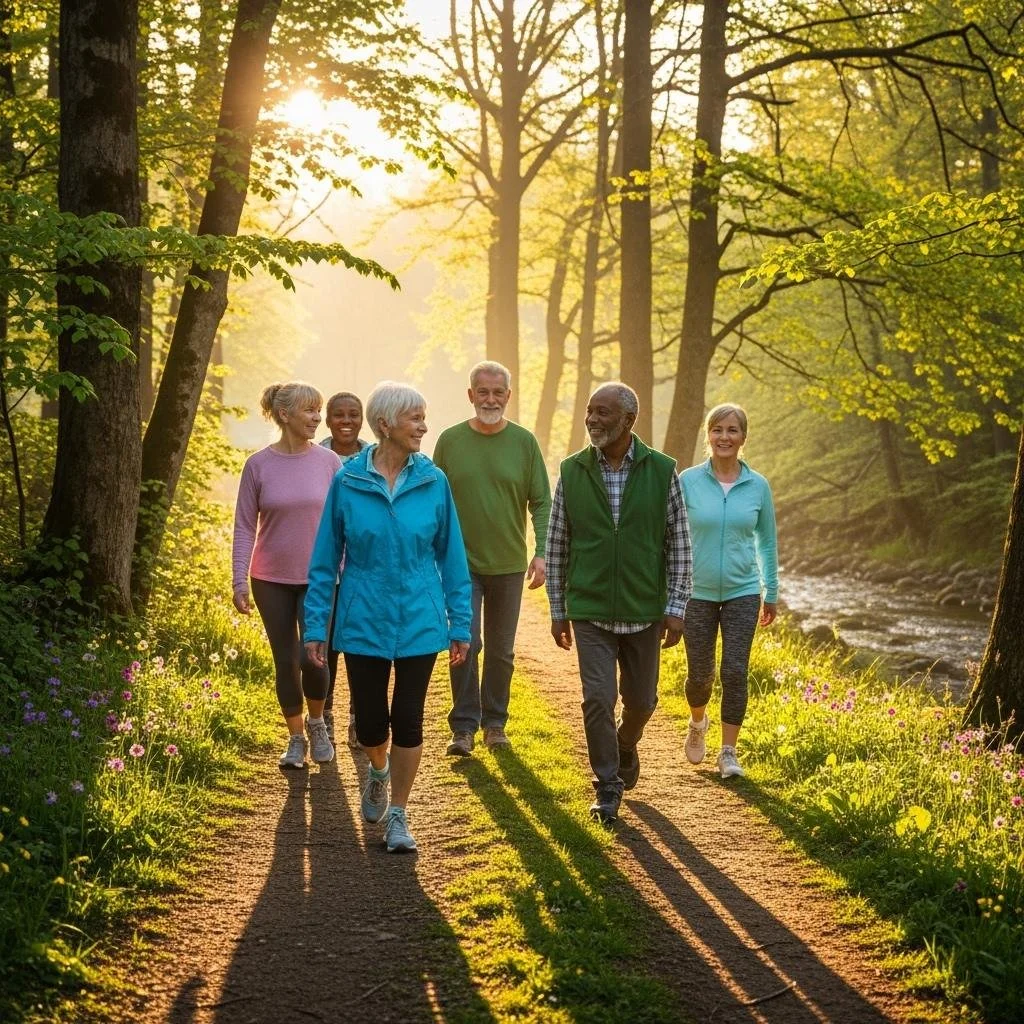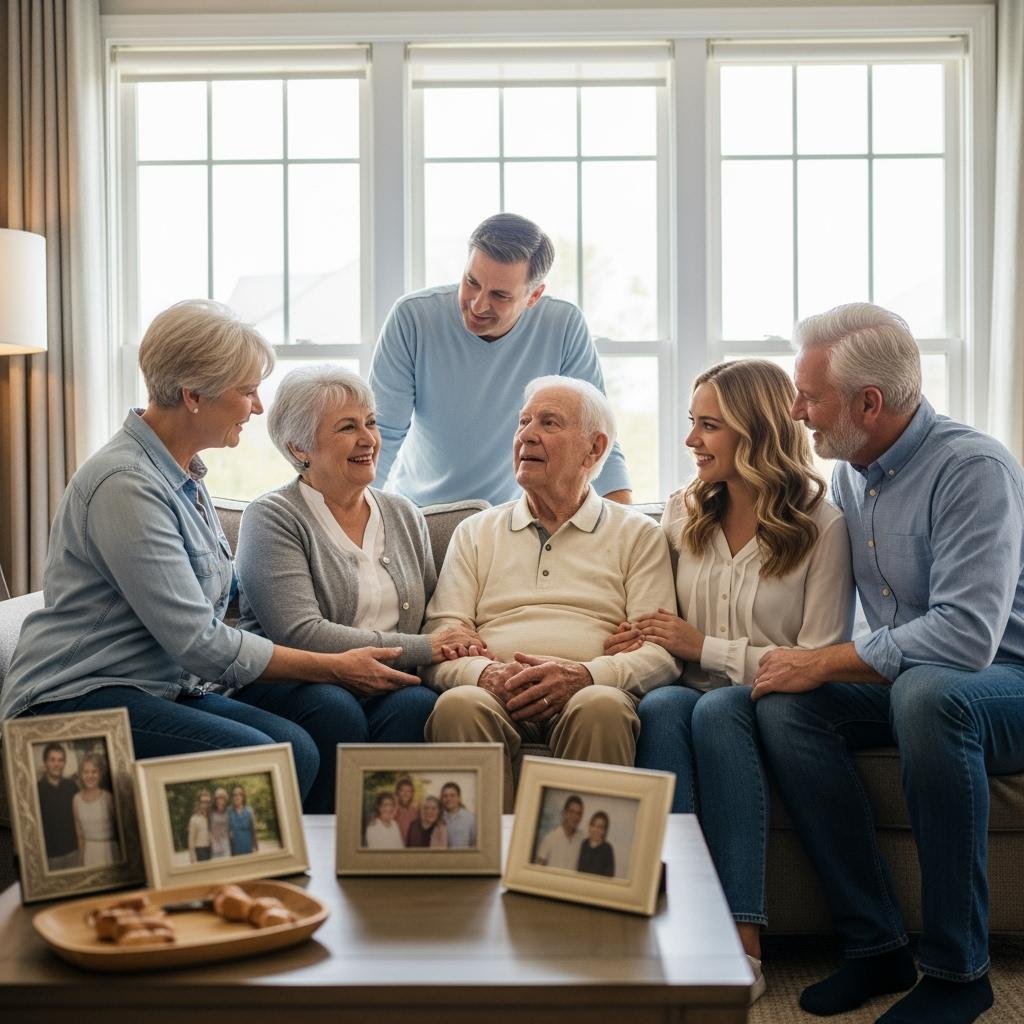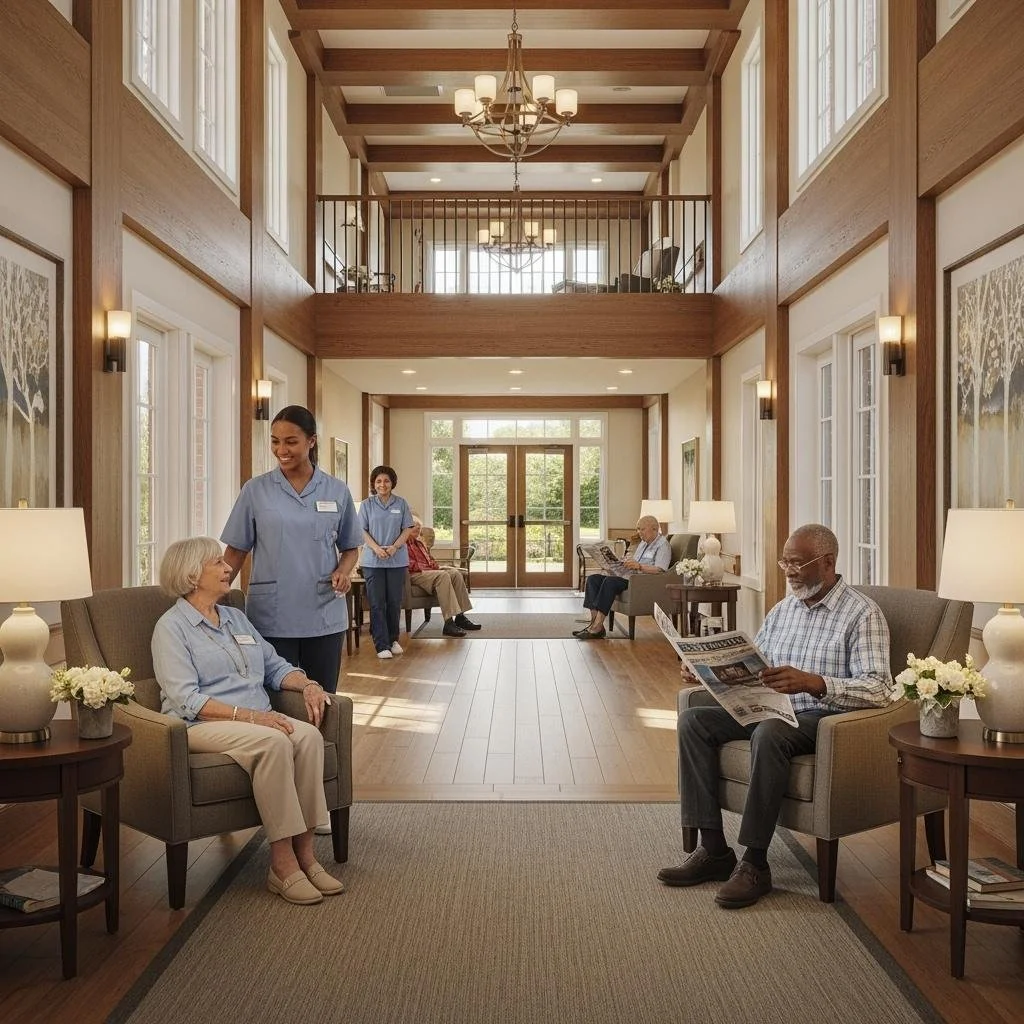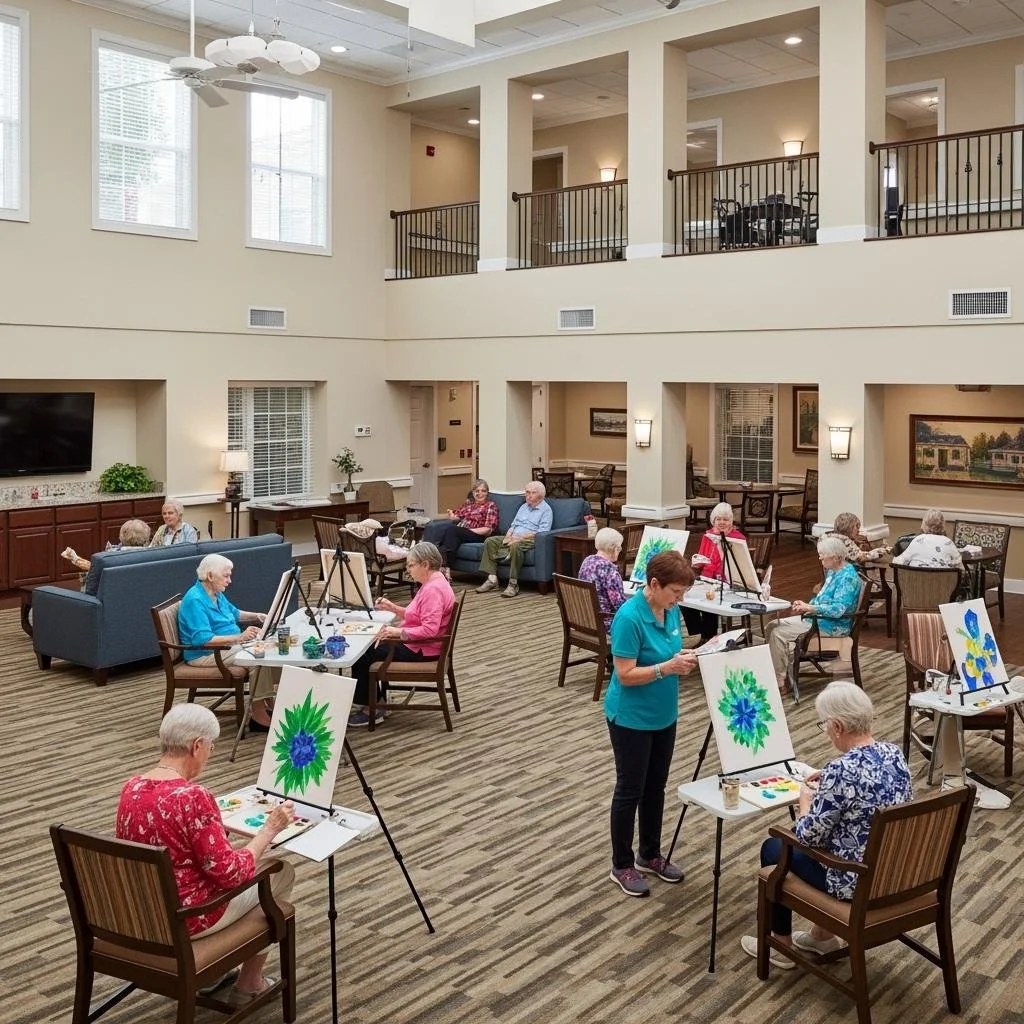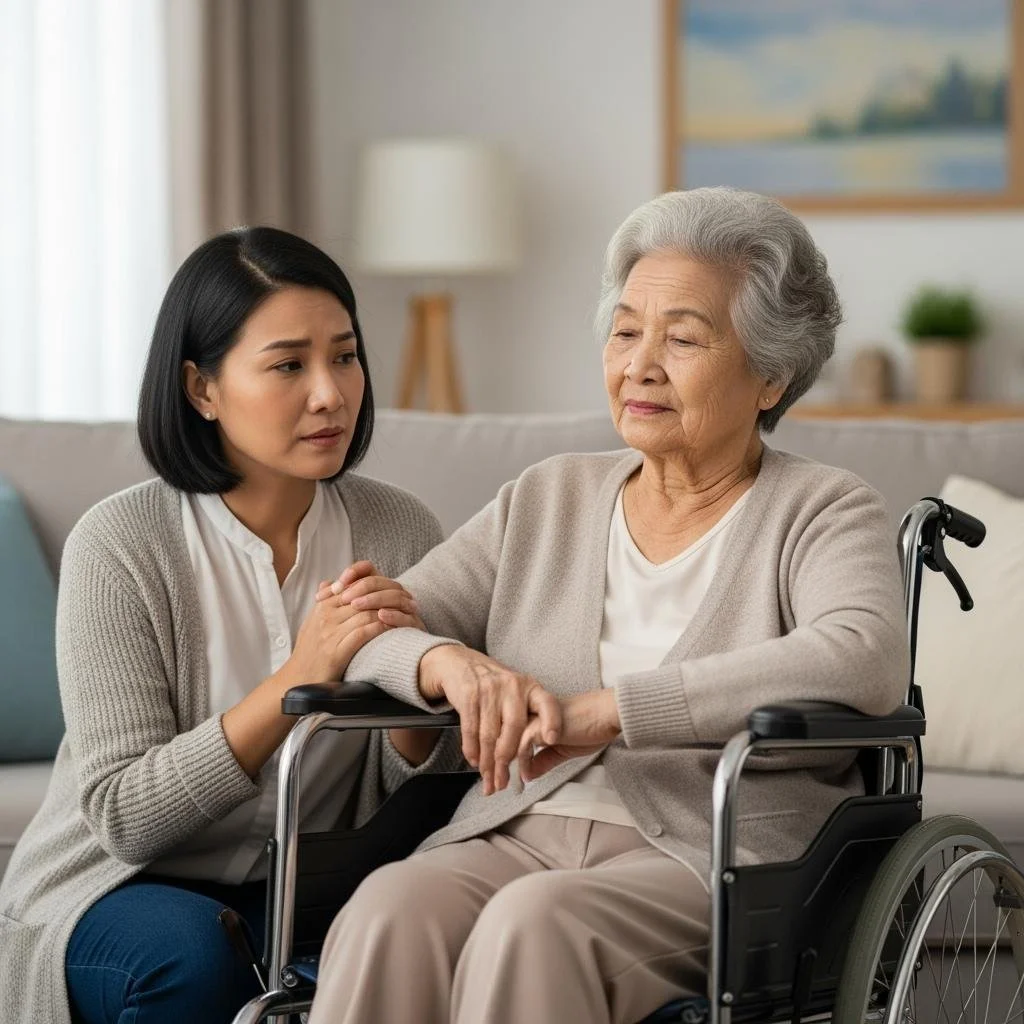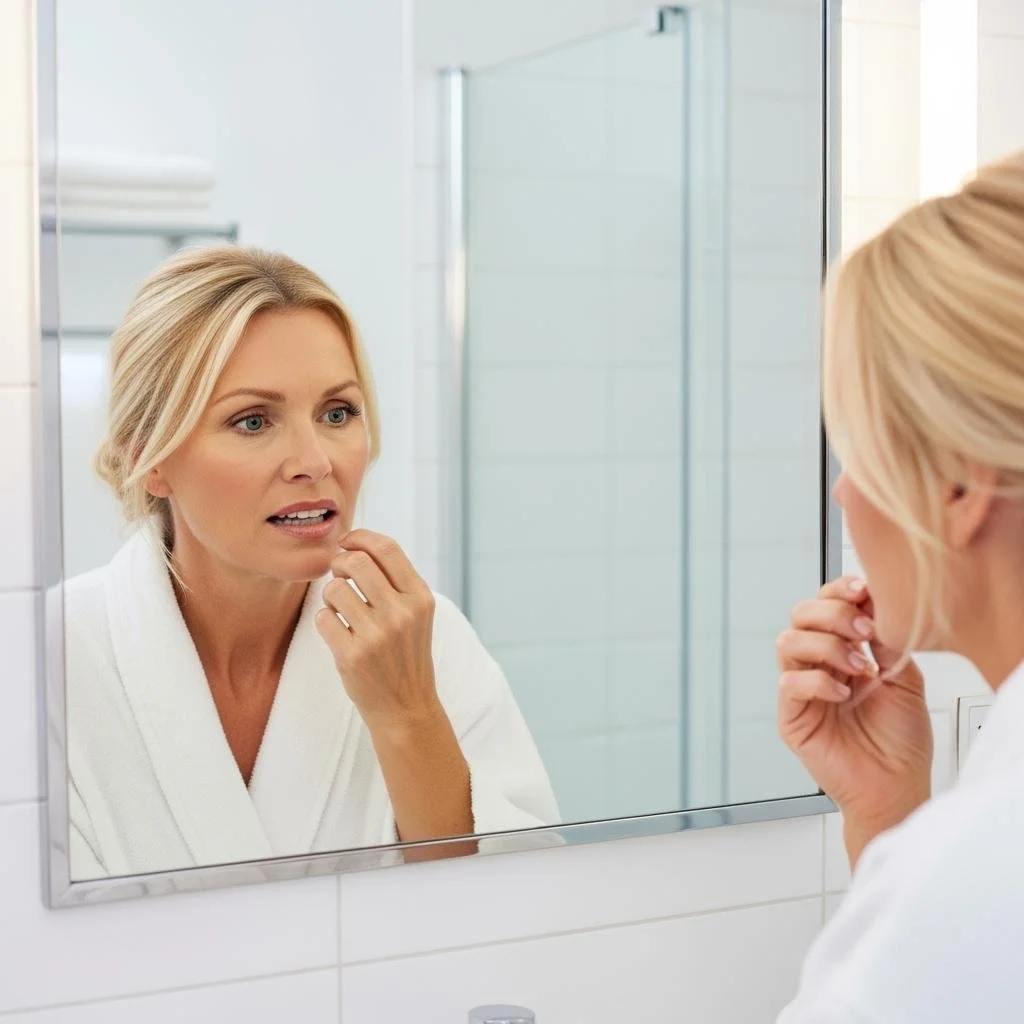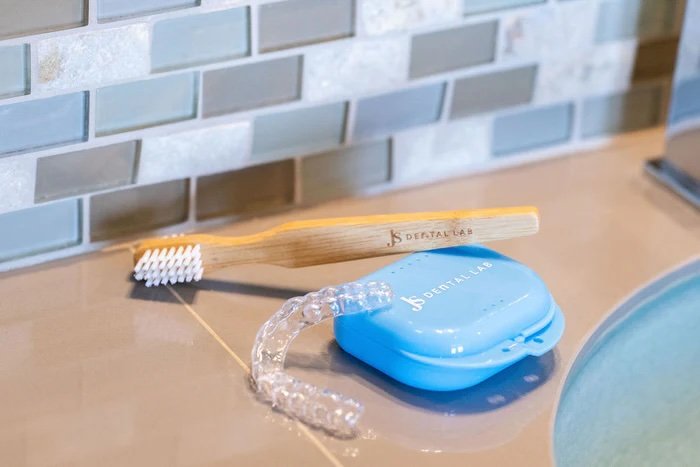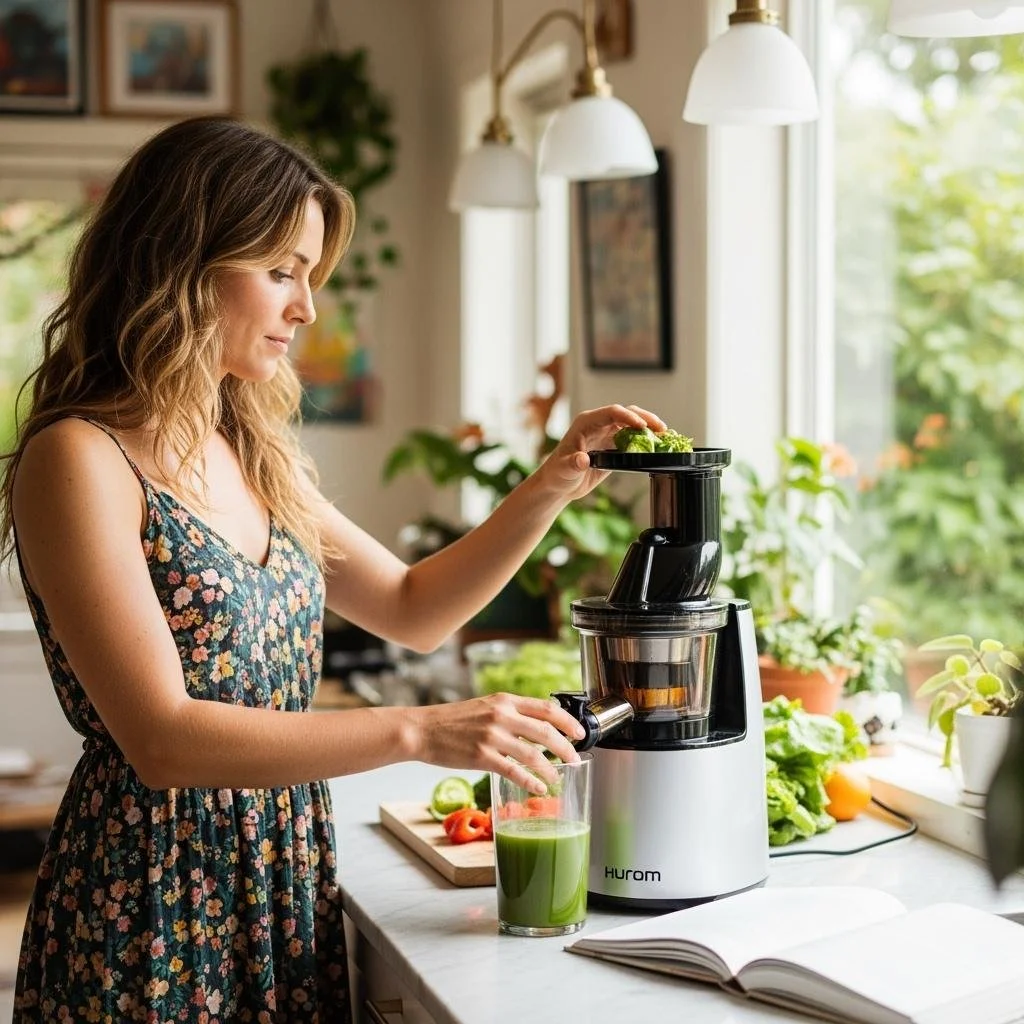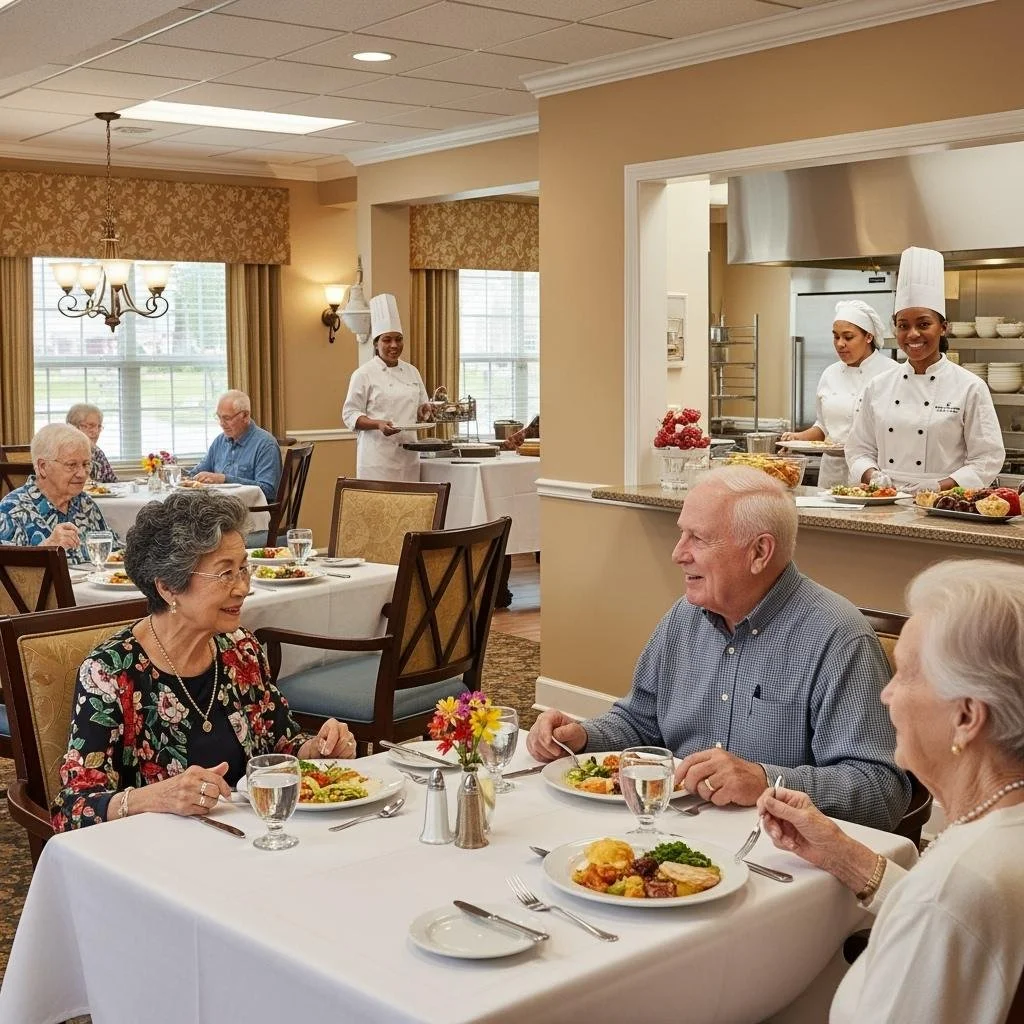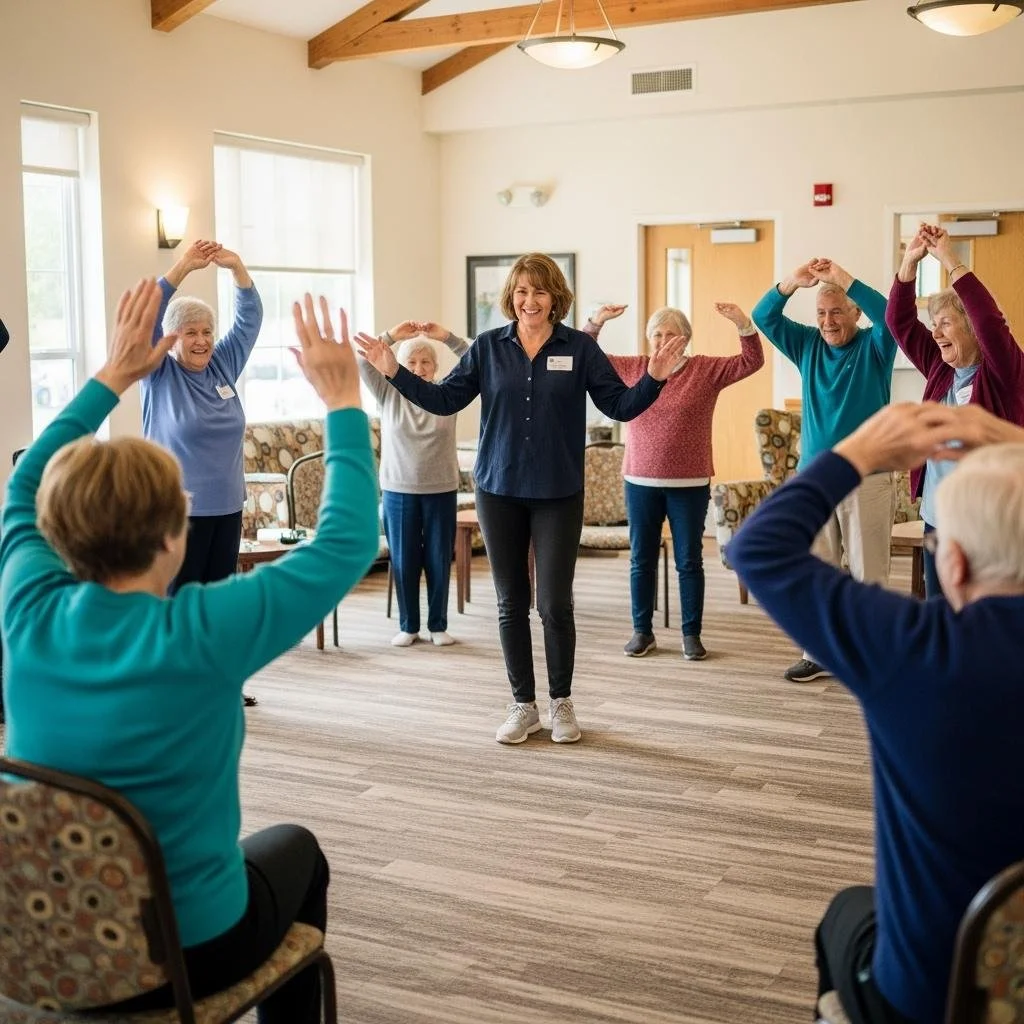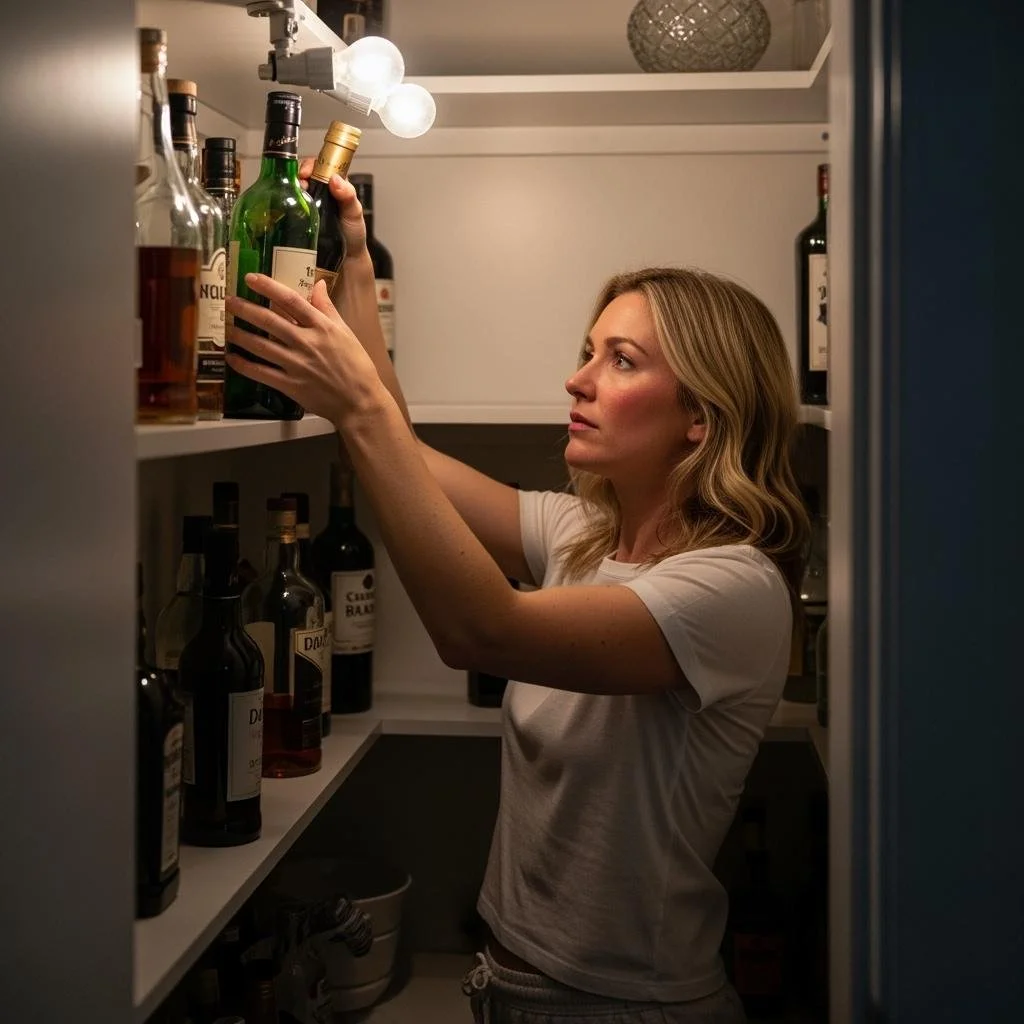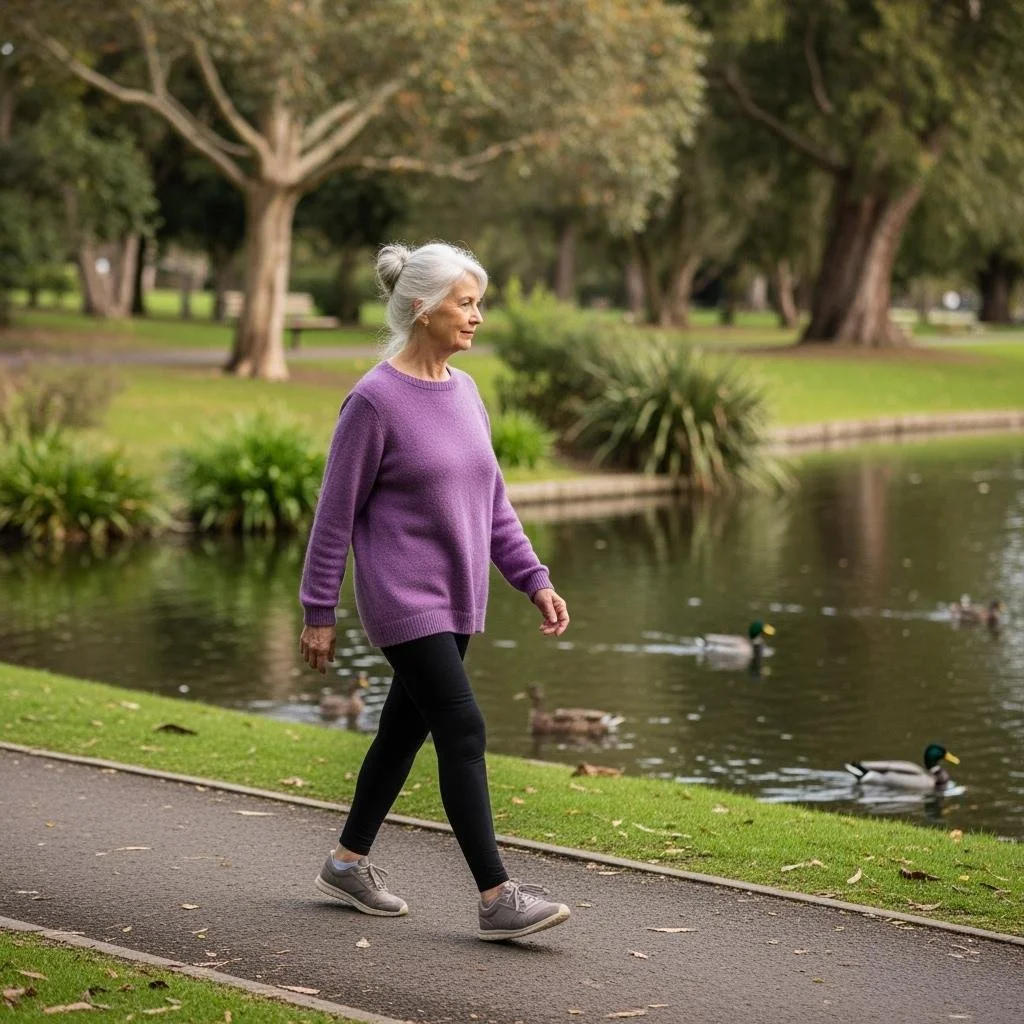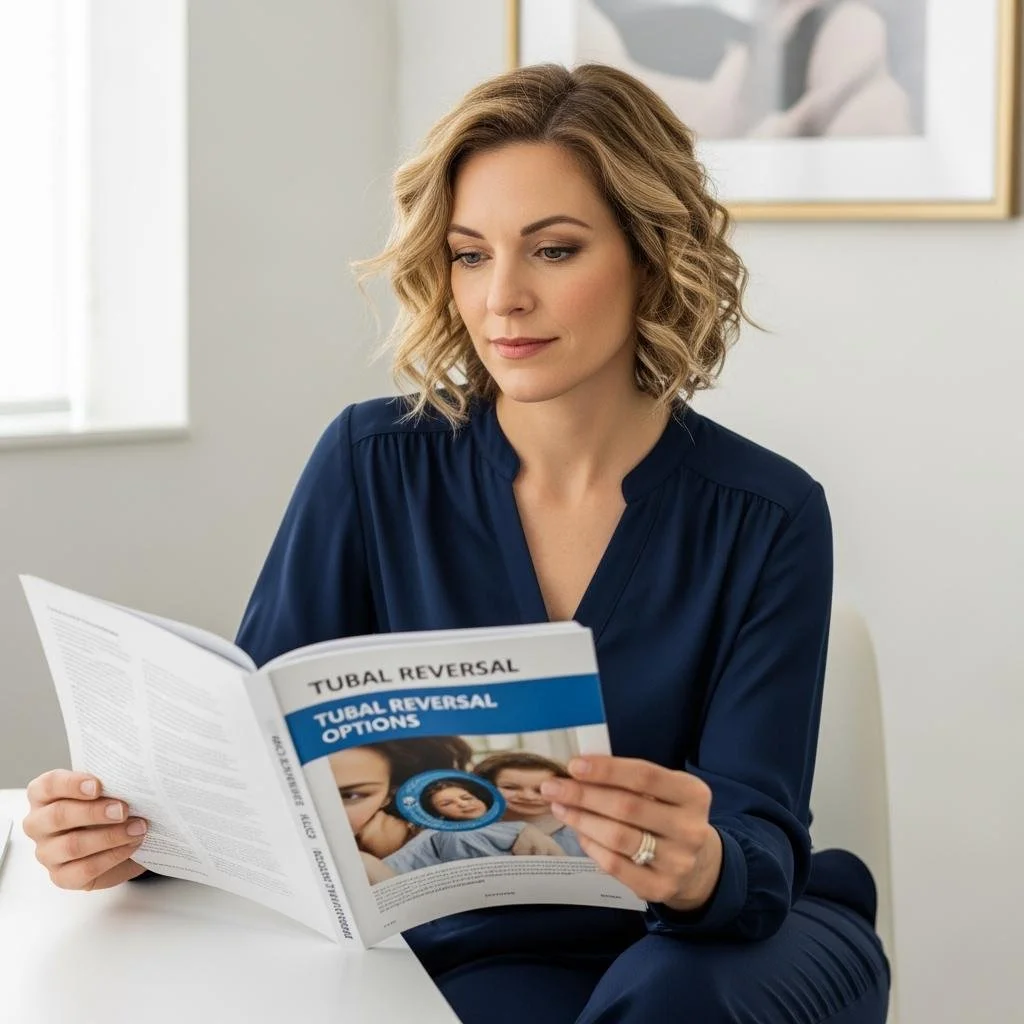Aging is a natural part of life—and it’s not something to fear. But as the years go by, the beauty routines that once worked effortlessly may start to feel a little off.
That flawless foundation from your twenties? It might now settle into fine lines. Your go-to skincare products? They may no longer deliver the same glow. And that’s perfectly okay.
The good news is that you don’t need to overhaul everything. A few thoughtful tweaks can help you feel more like yourself—refreshed, radiant, and confident.
In this guide, we’ll walk you through simple, effective changes that actually make a difference, without overcomplicating your routine.
No. 1
Your Skin Doesn’t Bounce Back Like It Used To
One of the first changes many of us notice with age is how our skin behaves. It may appear duller, drier, or less firm. That’s because cell turnover slows down, and your skin doesn’t renew itself as quickly. Late nights, stress, and sun exposure start to leave more visible marks.
The solution? Keep it simple and consistent. You don’t need a 10-step routine or the latest viral serum.
Use a gentle cleanser that doesn’t strip your skin.
Apply a good moisturizer—one that hydrates without feeling heavy.
Never skip sunscreen, even on cloudy days. And no, SPF in your foundation doesn’t count. A dedicated sunscreen is essential for preventing dark spots, fine lines, and long-term damage.
Consistency is more powerful than any miracle product.
No. 2
Take Care of the Little Things
As we age, even the smallest tasks can become a bit more demanding. Take your nails, for instance. They might become thicker, more brittle, or harder to trim. If you’ve ever struggled with cutting them, you’re not alone.
This is where the right tools make a big difference. Investing in a quality toenail clipper for thick nails can save you time, frustration, and even pain. It’s a small change, but it makes self-care feel easier and more manageable.
No. 3
Go Lighter on the Makeup
What once looked flawless may now feel heavy or cakey. Thick foundation and powder can settle into fine lines, making skin look older rather than smoother.
Instead, opt for lighter, more forgiving formulas:
Tinted moisturizers or BB creams for a natural base
Cream blushes and highlighters for a dewy, youthful glow
Glossy or satin-finish lip products to avoid dryness
Don’t shy away from color. A soft rose or peach blush and a touch of gloss can instantly brighten your face. And if you’re still using the same eyeshadow palette from 2003, it might be time to try something new. A little refresh can make a big difference.
Amiro
Transform your skincare routine with the Amiro LED Light Therapy Facial Mask! Experience professional-grade treatment at home for radiant, healthy skin.
No. 4
Hair Needs Love Too
Just like your skin, your hair changes with age. It may become drier, thinner, or start to go grey. The key is to adapt—not overcomplicate.
Use a shampoo and conditioner suited to your current hair needs
Avoid excessive heat styling
Consider a layered haircut to add movement and shape without requiring daily styling
Grey hair can be stunning when it’s healthy and shiny. You don’t have to dye it unless you want to. If coloring your hair helps you feel more like yourself, go for it. The goal isn’t to hide age—it’s to feel good in your own skin.
No. 5
It’s About Feeling Like You Again
Getting older doesn’t mean giving up on beauty. It means evolving your routine to match who you are now. That might mean fewer products, gentler formulas, or simply being more intentional with your choices.
Treat yourself with the same kindness and care you’d offer a close friend. Be patient. Don’t fall for every trendy cream or overhyped serum. Most of them don’t live up to the marketing.
Instead, focus on what works for you:
A skincare routine that feels good and fits your lifestyle
Makeup that enhances rather than masks
Tools that make self-care easier, not more complicated
Haircare that supports your natural texture and color
Takeaways
Aging gracefully isn’t about chasing youth—it’s about embracing change with confidence and clarity. Your beauty routine doesn’t need to be perfect or packed with products. It just needs to reflect who you are today.
By making a few thoughtful adjustments—like switching to lighter makeup, using the right tools, and staying consistent with skincare—you can maintain a look that feels natural, fresh, and uniquely you.
Getting older is a privilege. And with the right approach, your beauty routine can become a celebration of that journey—not a reaction to it.
Looking for Wellness resources?
Are you looking to enhance your wellness routine? Explore our wellness partners who offer a wide range of resources to support your journey toward holistic living and well-being.











